BBC Future

To explore the subject for BBC Future, we looked at every commercial plane crash from 1993 onwards and created an interactive visualization that revealed the patterns and connections hidden in the data.
Using the controls, people could filter, sort and rearrange the data by five different causes of incident (for example, ‘Human error’ or ‘Mechanic’) and six different phases of flight (from ‘Grounded’ to ‘Landing’).
We needed to pack a lot of information on-screen. Overlapping bubbles made for an efficient use of space where clicking on a bubble revealed more background information for each incident. such as the type of plane and the country where the crash occurred.
This is a serious subject, but we wanted to offset a sombre background with bold colours that made the experience feel inviting and contemporary. Similarly, we added smooth, organic physics to the movements of the bubbles to provide a pleasing user experience.
Many stories surfaced, but one stand-out narrative was how human error is slowly disappearing thanks to automation. Something that could have interesting implications for the fast-growing driverless car industry.
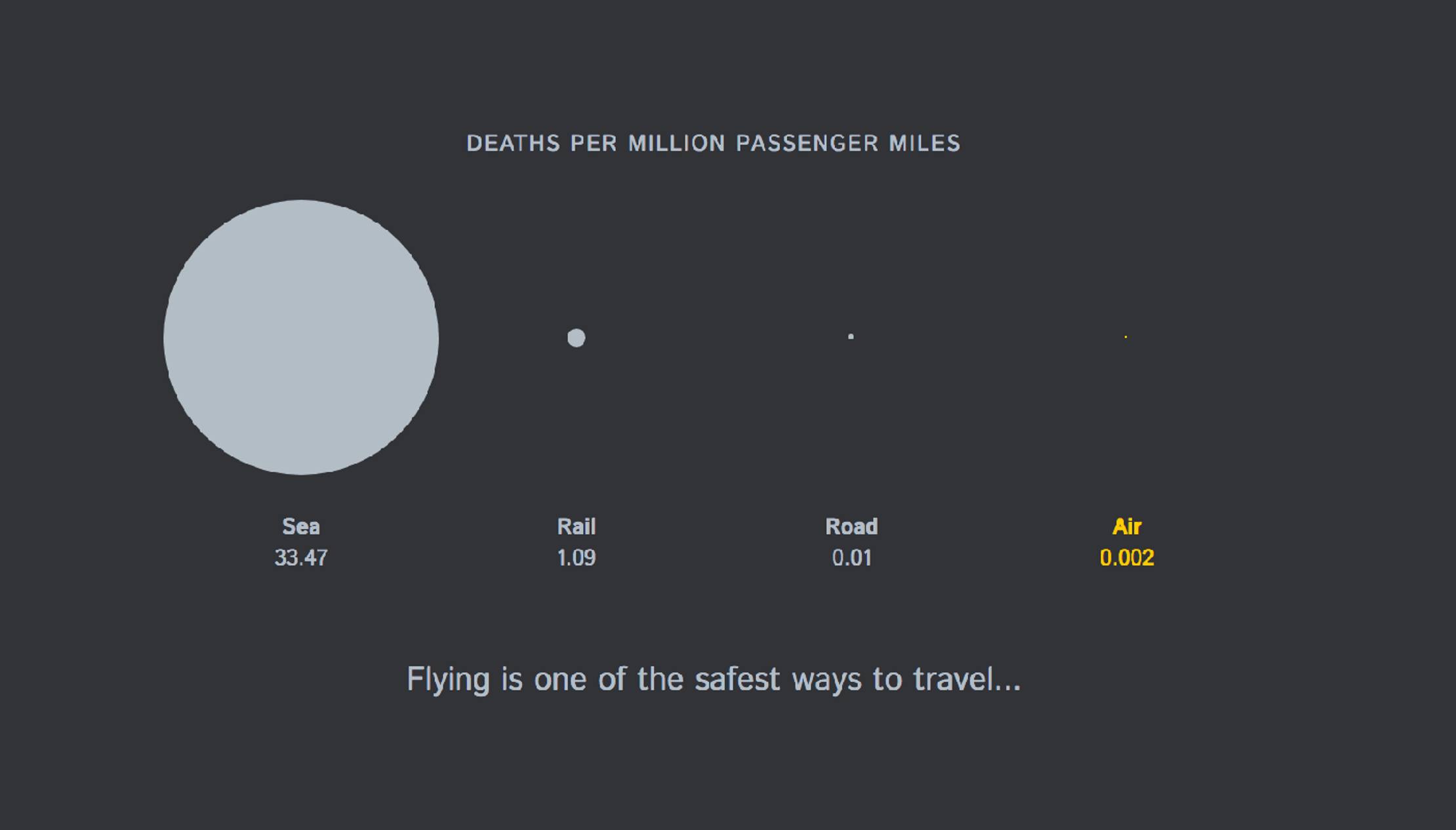
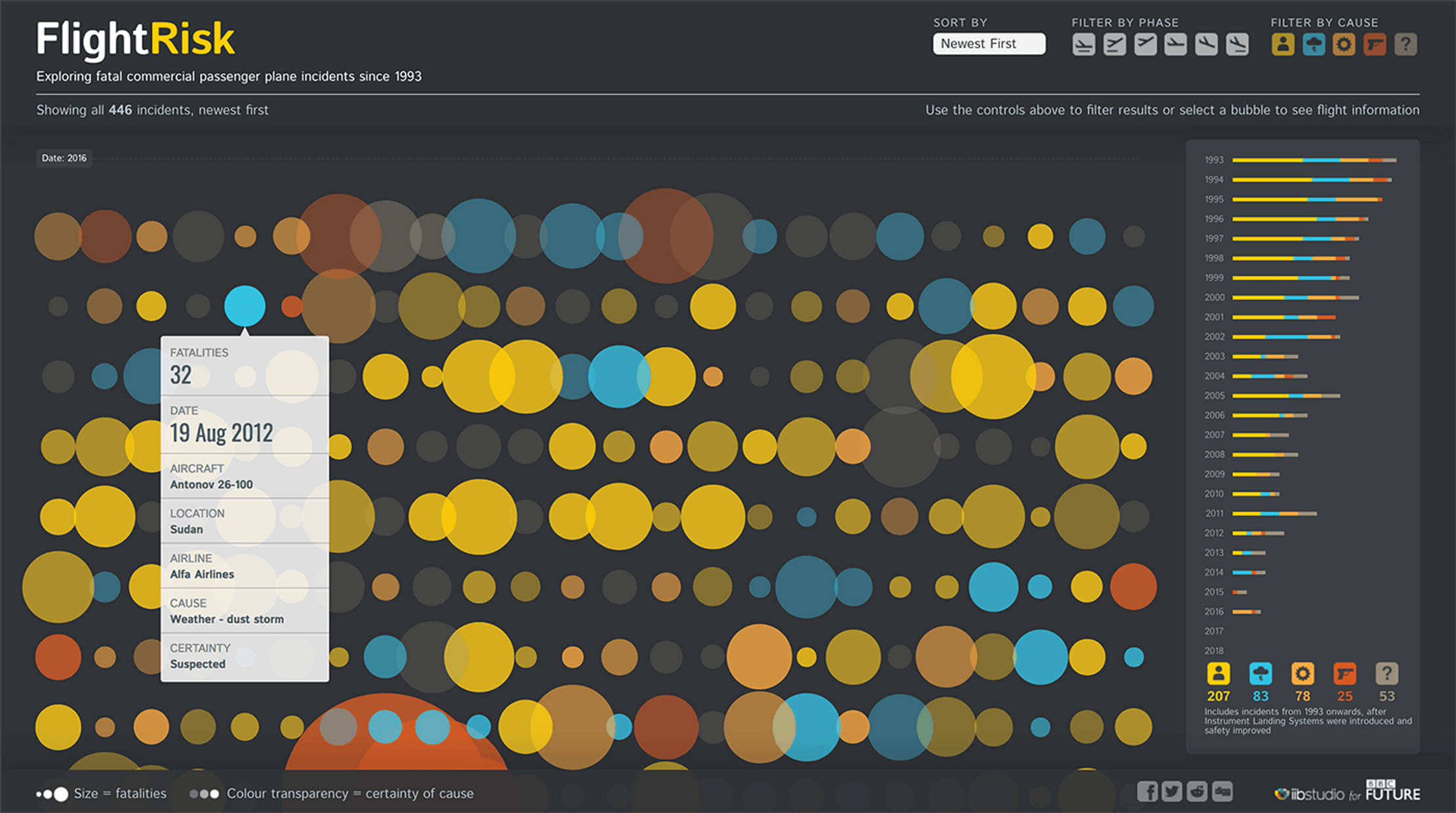
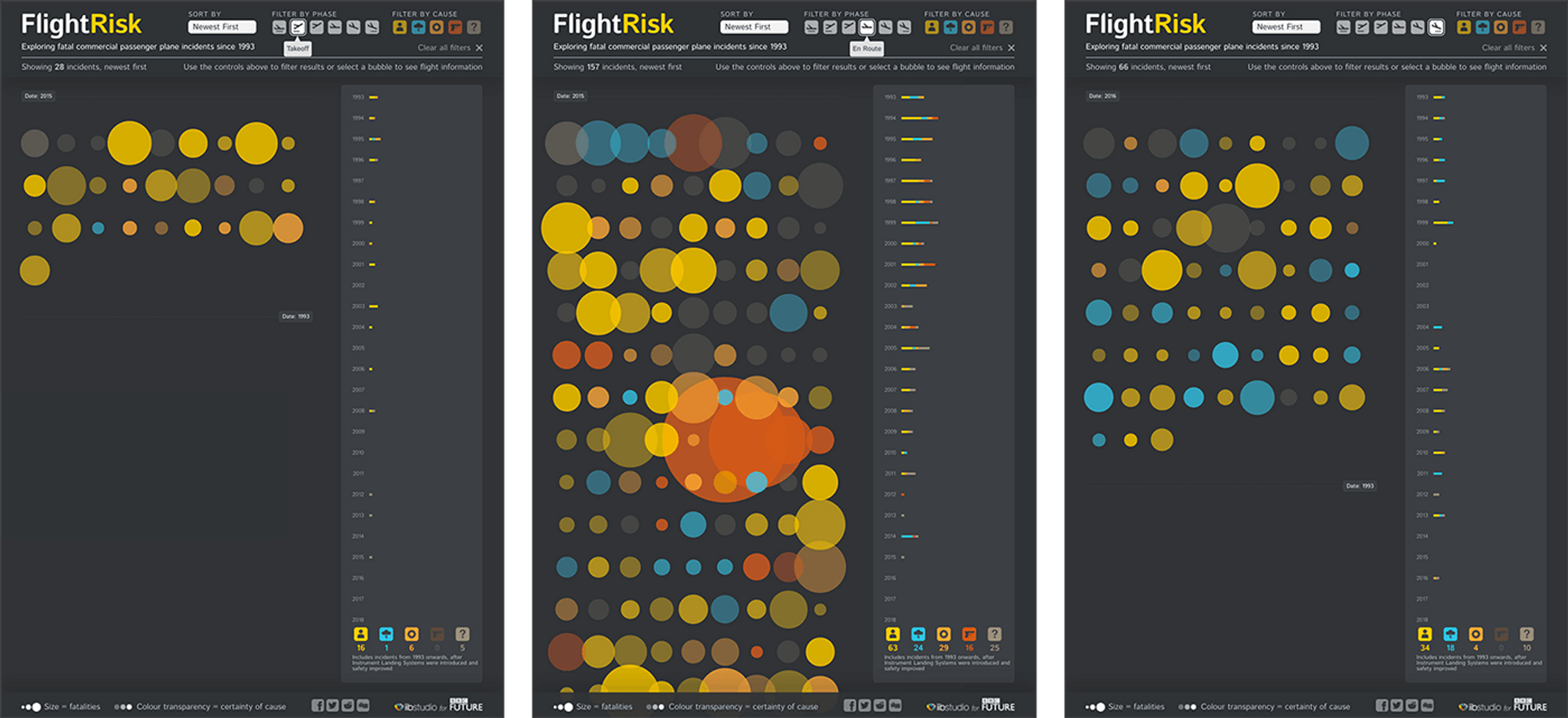

Get in touch:hello@beyondwordsstudio.com
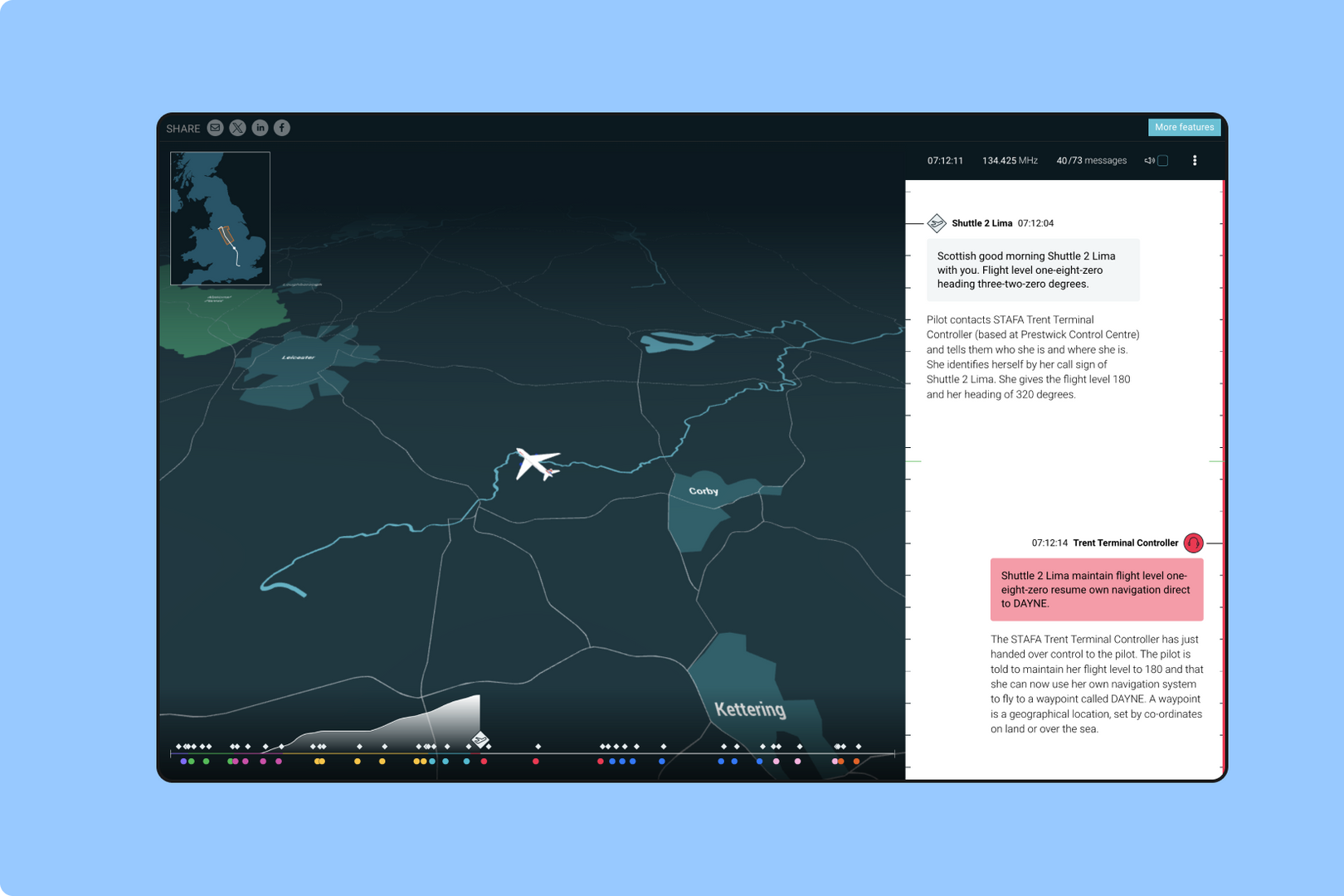
See – and hear – how Air Traffic Controllers shepherd us safely through the skies in this interactive simulation.
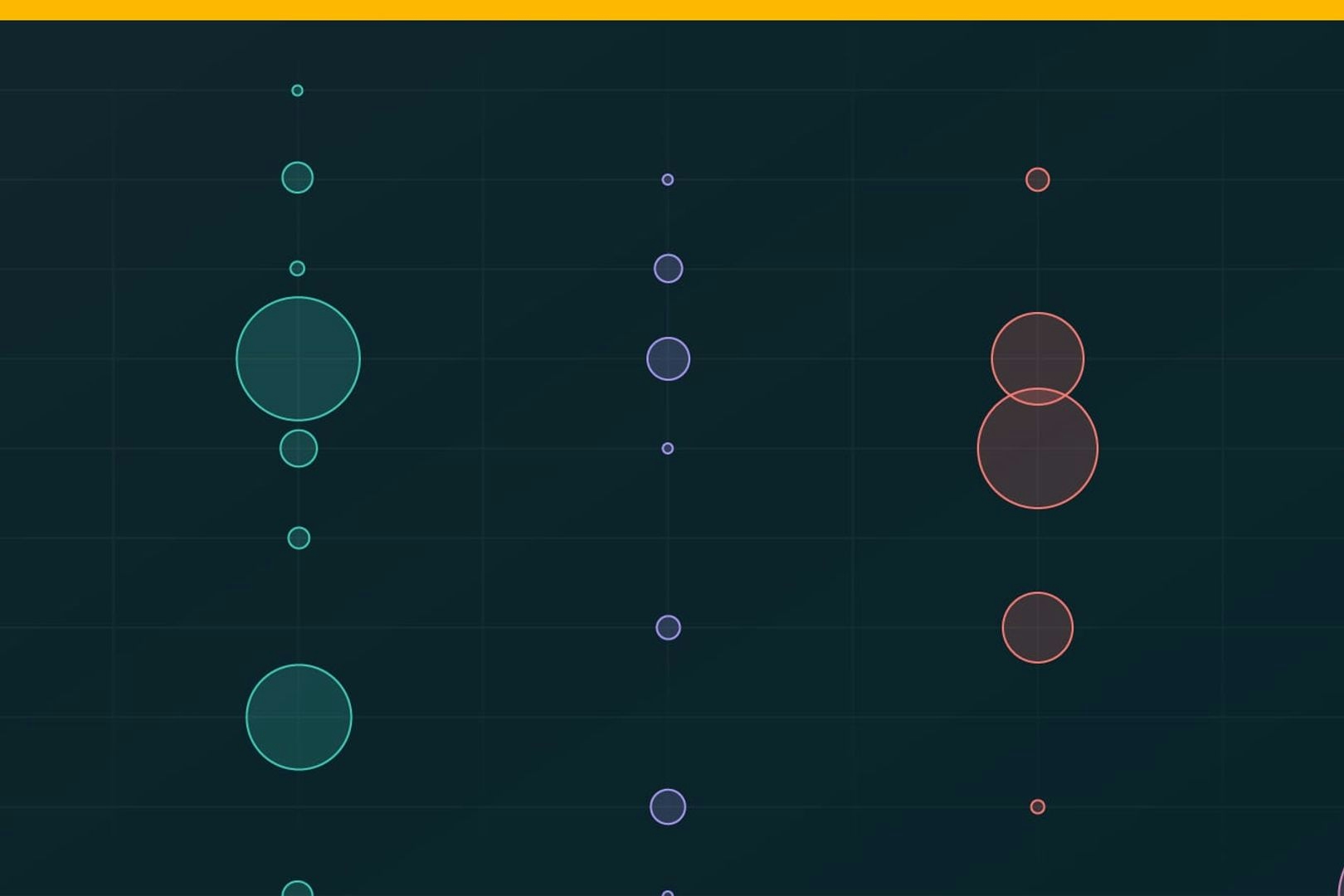
Visualizing a subject that too many turn away from: an interactive exploration of the fight to eradicate 10 Neglected Tropical Diseases (NTDs).
